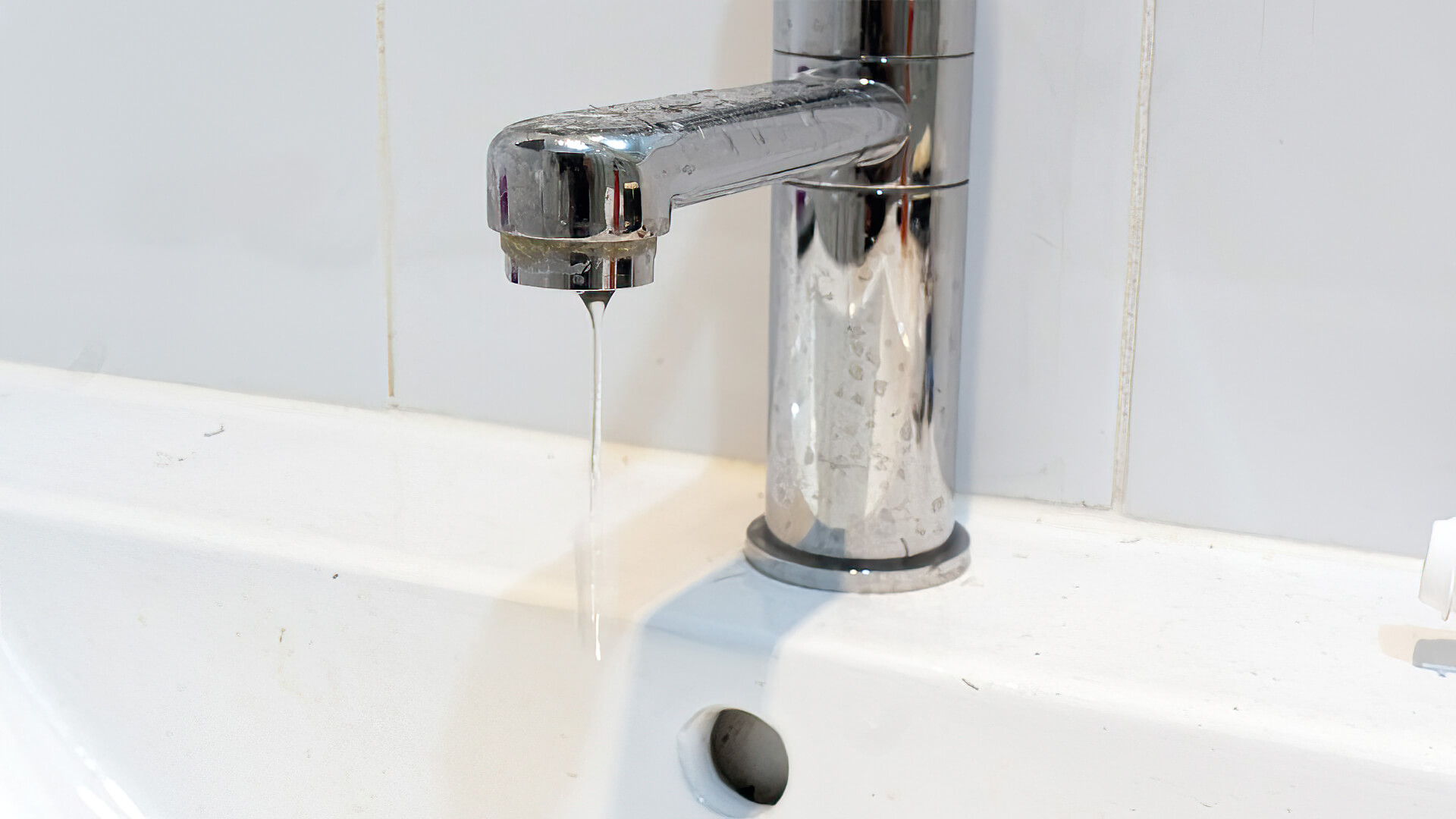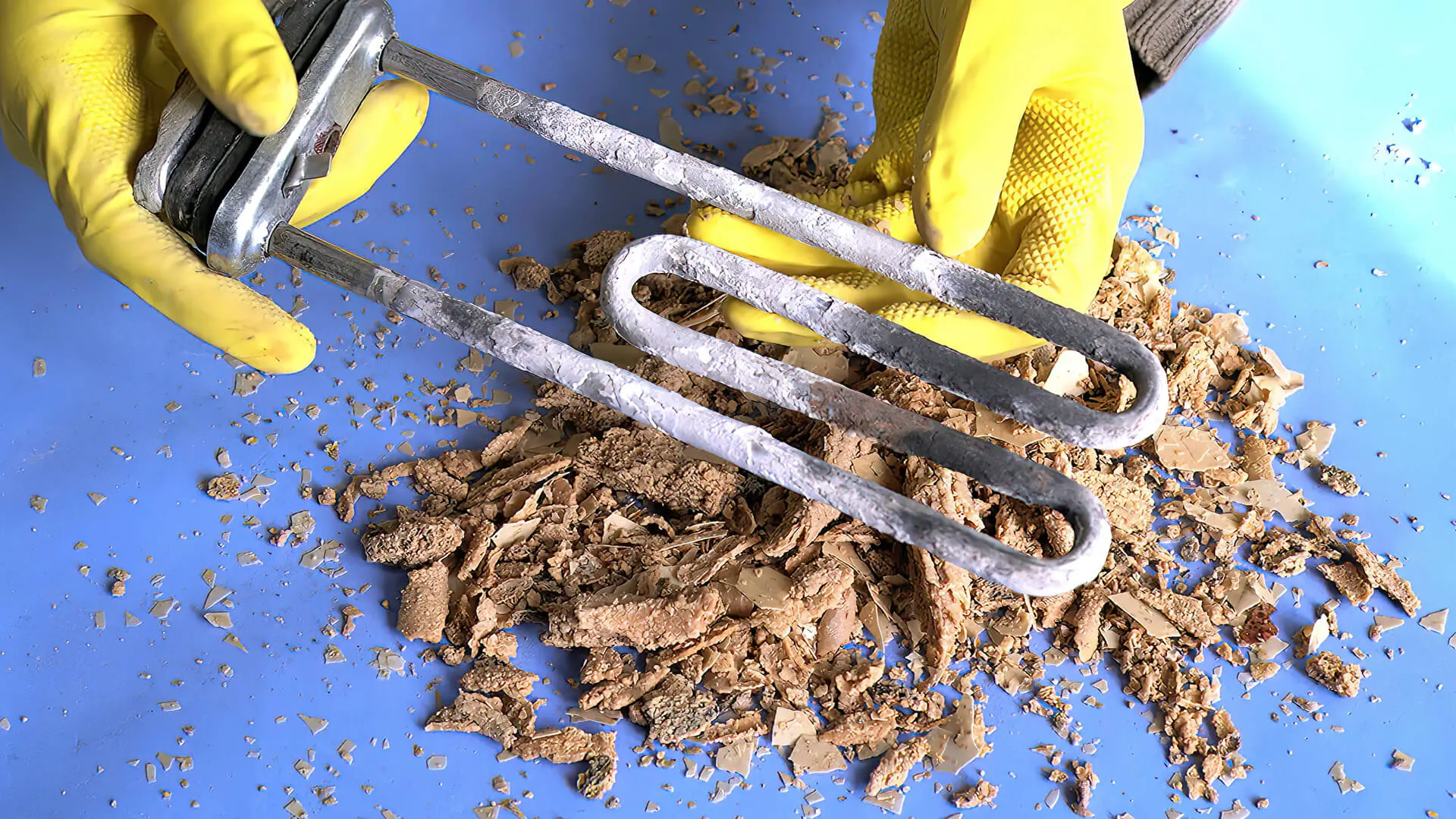Who doesn’t love a steaming hot shower after a tiring day at work?
But there’s nothing worse than discovering there’s no hot water in the bathroom, or anywhere else for that matter! Don’t rush to call the plumbers just yet; there are a few things you can check and fix yourself at home to solve the issue.

And in today’s guide, we will tell you about a few of them. So dive in!
What Causes Low Hot Water Pressure?
Like any other plumbing problem, low hot water pressure can result from various causes. Some of the most obvious ones are mineral or debris deposition in hot water pipes, leaks, clogged water filters, and other issues with your home’s plumbing system.
The cause often depends on where you’re losing pressure. If it’s only happening on the upper floors, air pockets in the pipes might be to blame. Typically, you can fix this by flushing your hot water system.
Likewise, a sudden loss of hot water from the shower head or faucet can be attributed to dirty cartridges, partially or fully closed shutoff valves, or damage to the water supply pipes. In the following sections, we will discuss some common contributors to the loss of hot water pressure and how to resolve them effectively.
Reasons For Low Hot Water Pressure And How To Fix Them
1. Issues With The Water Valves

Your home receives water through two main valves: the outside main shutoff valve and a water metre valve just for hot water. Sometimes, a drop in pressure can occur if one of these valves is accidentally turned off.
However, this may not be intentional, as the plumber or your family may have turned it off while working with the plumbing and forgotten to turn it on. This is one of the first things you can check to fix the water pressure problem.
2. Clogged Faucets
If only a few faucets have low hot water pressure, you might have blocked faucets. Mineral deposits, debris, or corrosion in the faucet cartridges or pipes can limit water flow significantly.
We suggest thoroughly removing and cleaning the faucet to eliminate all the accumulation. In prolonged deposition, you may also have to replace the cartridge or the entire faucet since it can cause irreparable damage.
3. Corroded Pipes
Old steel and copper pipes can easily corrode and rust, inevitably reducing water pressure. This problem might not be obvious at first since the build-up usually takes time to affect flow.
If the metal pipes in your home are exposed to hard water or are older than 7 or 8 years, you should get them checked by professionals. Based on the extent of the corrosion, you may be advised to replace them.
4. Broken Pipes Or Water Leaks
One issue that requires immediate concern is broken plumbing lines or leaking pipes, and the worst part is that they may not always be visible.
If there’s a sudden drop in hot water or no hot water pressure without any visible leaks, we suggest checking the floors and walls for dampness. These signs will tell you if any leaking pipe behind the walls or floor needs to be repaired or replaced.
How To Deal With Hot Water System Problems?
So far, we have discussed issues impacting both hot and cold water supply lines. Now, let’s look at some problems specific to hot water systems (like the hot water tank) and how they can be resolved to increase the low water pressure.
Ideally, repairing your hot water system is the best option; if general maintenance doesn’t work, a new hot water system may be required to solve your plumbing problems.
1. Sediment Build-up In The Hot Water Outlet Line
Sediment build-up, debris, or mineral deposits in the outlet line from the water heater or hot water system tank can inhibit the hot water flow. Such blockages generally result from hard water entering the water heater, anode rod reaction, and worn-out inner lining.

Switch off the heater’s power and cold water supply line to remove the mineral build-up. Now, locate the drain valve, place a bucket under it, and carefully remove it using a flathead screwdriver. Drain out just a tiny amount of water to prevent any water leak from the system’s top.
Turn on the nearest hot water faucet to allow air into the hot water unit, and disconnect the hot water outlet pipe on the heater using wrenches. Clean the pipe opening thoroughly to break up the accumulation and reconnect the pipe. This should help eliminate the problem of reduced water pressure.
2. Flushing The Hot Water System
Generally, it’s a good idea to flush your hot water system about twice a month, especially if you frequently use hot water. Increase this frequency if your home has a hard water supply.
First and foremost, switch off the heater’s power supply and connect a garden hose to its draining valve to remove water from the tank. Make sure that the open end of the pipe is near an outlet.
You can also open the nearest hot water faucet to speed up the draining, but we’d suggest doing so only after removing the aerator (or the part that contains the holes). This will prevent it from getting clogged by the dirty water from the tank.
Keep the faucets open until the entire process is complete.
Remove the valve using a pair of wrenches to allow any leftover water to drain out of the tank. When it’s empty, turn on the heater’s cold water supply to “wash” the tank from the inside. You will see the garden hose draining the sediment-filled water. And the tank cleaning will be complete when clean water flows from the hose.
Shut off the drain valve and switch the cold water supply to fill the heater tank. During this time, you will hear air coming out from the faucet. Please turn it off only when there’s a clean, smooth water flow.
Switch on the water heater and check all the hot faucets to ensure adequate water pressure. Voila! The water supply is now restored.
3. Malfunctioning Pressure Regulator
A faulty pressure regulator or a malfunctioning tempering valve can be one of the primary reasons for reduced pressure in your hot water faucets. A pressure regulator regulates the hot water supply in your home, and you can check its efficiency with a pressure gauge. If you have a broken pressure regulator, you’ll likely experience low pressure throughout the house.
Attach it to one of the outdoor taps, turn on the water supply in your home and check if the pressure is between 52 and 75 PSI. Anything lower can indicate a problem with the regulator, so consider getting it fixed or changed.
4. Clean Or Install New Water Filters
Many folks use water filters to keep hot water tanks safe from mineral and sediment deposits, courtesy of hard water. However, neglecting these filters can lead to clogs, impacting your hot water fixtures and overall plumbing.
Clogged filters should be cleaned or replaced immediately to maintain the hot water pressure.
What Else Can You Do To Ensure Normal Pressure In Your Hot Water Faucets?
One of the best ways to prevent low hot water pressure is to keep the water heater (or any other related fixture, for that matter) in pristine condition. Hence, we suggest cleaning it regularly according to the manufacturer’s instructions.
In addition, ensure your home’s plumbing system is always free from clogs and other damages. Check for leaks or signs of pipe damage and get them repaired or replaced immediately.
Many people may prefer doing this independently, but they can run into trouble if they aren’t familiar with the plumbing system or don’t have the right tools to fix it. In such cases, we’d strongly recommend enlisting the services of a professional plumber near you.
Moreover, professional and trained plumbers will offer quick and suitable solutions during plumbing emergencies. So, it’s always a good idea to know about the best plumbing service in your region.
Fixing your low hot water pressure
On that note, we have reached today’s guide’s end.
We hope to have prepared you for the unfortunate incidence of low hot water pressure, but here is some advice before signing off. Firstly, ensure you have the right tools to fix it independently.
If you need a professional plumber on the Sunshine Coast, speak to one of our industry-leading customer support representatives today.
Opening bolts or screws with the wrong wrenches or screwdrivers can cause irreparable damage to the fixture. Wear protective rubber gloves and switch off the power supply when working with water heaters.
Lastly, research in advance to ensure that the plumbing services in your area have the required licenses and certifications to work. This way, you won’t face any issues when availing of their services.
See you next time!



